The Shimadzu SPD-10A is a high-performance UV-VIS detector designed for use in High-Performance Liquid Chromatography (HPLC) systems. It offers reliable and sensitive detection of analytes by measuring their absorbance in the ultraviolet and visible light range (190-700 nm). Key features of the SPD-10A include:
– High Sensitivity: Provides excellent detection limits, making it suitable for trace analysis.
– Wide Wavelength Range: Covers both UV and visible regions, allowing for versatile applications.
– Dual Wavelength Monitoring: Enables simultaneous detection at two different wavelengths, enhancing analytical accuracy.
– Low Noise and Drift: Ensures stable baselines and precise measurements, even during long runs.
– Compact Design: Space-saving and easy to integrate into existing HPLC systems.
– User-Friendly Interface: Simple operation and quick setup for efficient workflow.
The SPD-10A is ideal for applications in pharmaceuticals, environmental analysis, food testing, and chemical research, where accurate and reliable detection is critical. Its robust performance and ease of use make it a popular choice for analytical laboratories.
Specifications:
– Model: SPD-10A
– Type: UV-VIS Detector
– Application: HPLC (High-Performance Liquid Chromatography)
– Detection Method: Ultraviolet-Visible (UV-VIS) absorption spectroscopy
– Light Source: Deuterium lamp (D2 lamp) for UV range
– Wavelength Range: Typically 190–700 nm (may vary slightly depending on configuration)
– Spectral Bandwidth: Approximately 8 nm (standard)
– Noise Level: Very low, typically <±0.35 x 10^-5 AU (at 254 nm, 1-second response)
– Drift: <0.5 x 10^-4 AU/hour (at 254 nm, after warm-up)
– Flow Cell: Standard flow cell volume ~8 µL, path length ~10 mm (may vary)
Performance Specifications:
– Wavelength Accuracy: ±1 nm
– Wavelength Reproducibility: ±0.1 nm
– Absorbance Range: Typically 0–2.5 AU (adjustable)
– Dynamic Range: Up to 2.5 AU with high linearity
– Response Time: Adjustable (e.g., 0.1, 0.25, 0.5, 1, 2, 4 seconds)
– Baseline Stability: Excellent, with minimal drift and noise
– Signal Output: Analog output (1 V full scale) for connection to data systems or recorders
Operational Features:
– Wavelength Selection: Manual or programmable (depending on configuration)
– Dual Wavelength Detection: Capability to monitor two wavelengths simultaneously (if equipped)
– Auto Zero Function: For baseline correction
– Lamp Life: Deuterium lamp typically lasts 1000–2000 hours
– Self-Diagnostics: Built-in diagnostics for lamp and system status
– Temperature Stability: Designed for stable operation in controlled lab environments
Physical Specifications:
– Dimensions: Compact design, typically around 260 mm (W) x 170 mm (H) x 400 mm (D)
– Weight: Approximately 10–12 kg (depending on configuration)
– Power Requirements: 100–240 VAC, 50/60 Hz
– Communication Interface: RS-232 or other interfaces for integration with HPLC systems and software
Environmental Conditions:
– Operating Temperature: 5–40°C (41–104°F)
– Operating Humidity: 10–85% RH (non-condensing)
– Storage Conditions: -20–60°C (-4–140°F)
Compliance and Safety:
– Standards: Complies with international standards for laboratory equipment (e.g., CE, ISO)
– Safety Features: Overheating protection, lamp housing safety interlock
Applications:
– Pharmaceutical Analysis: Drug purity, stability testing
– Environmental Testing: Pollutants, contaminants
– Food and Beverage Analysis: Additives, preservatives
– Chemical Research: Reaction monitoring, compound identification
Includes:
– Shimadzu SPD-10A HPLC UV-VIS Detector
– Power Cord

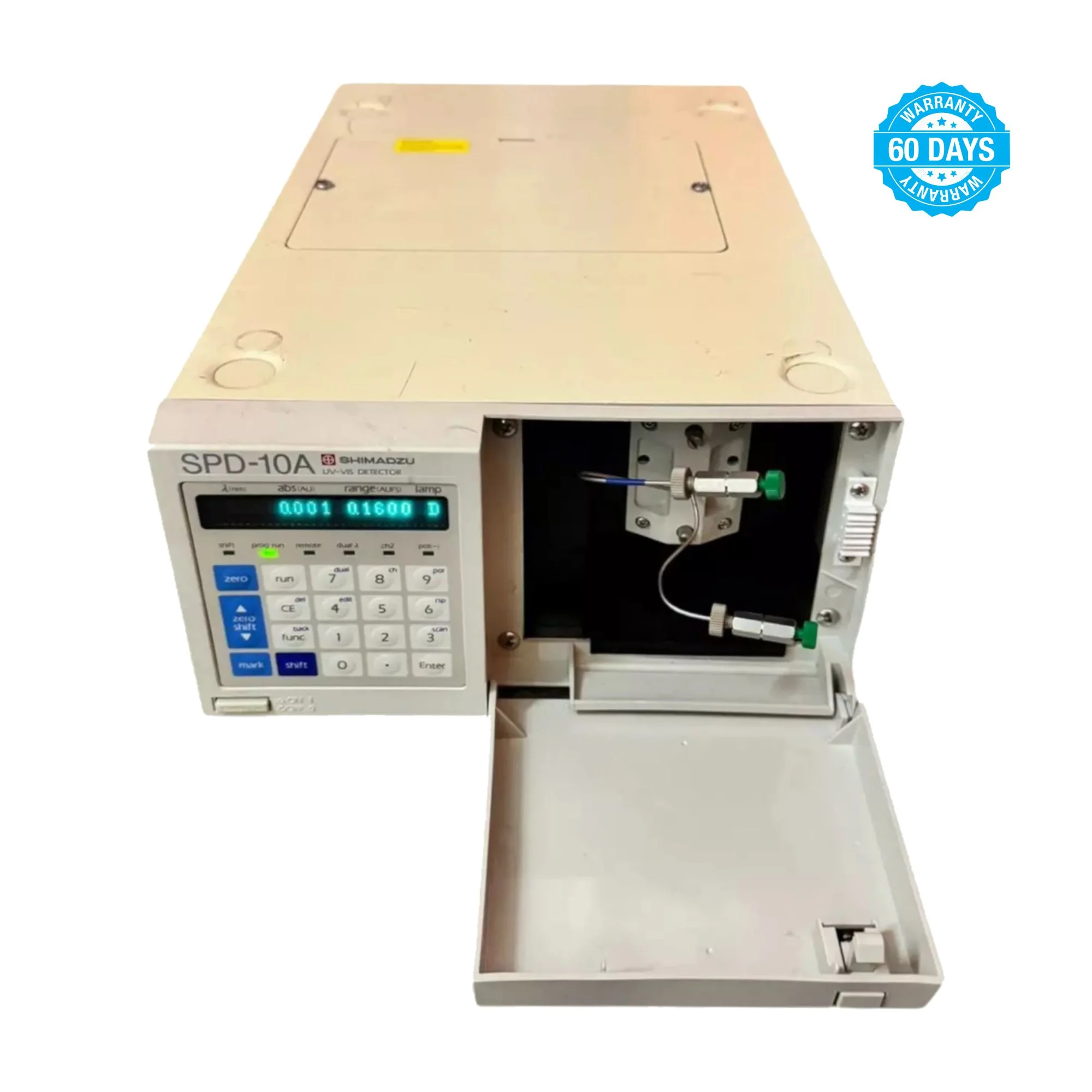
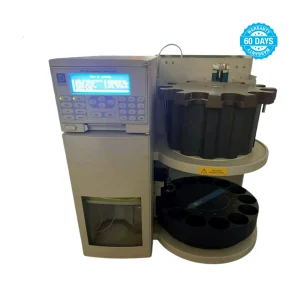
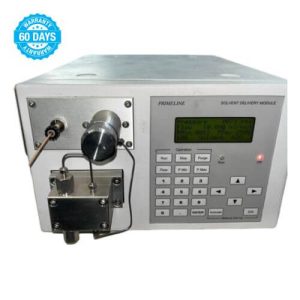
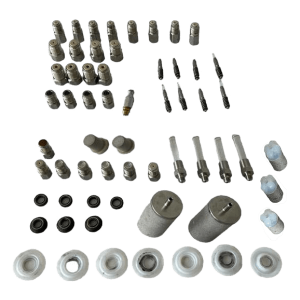
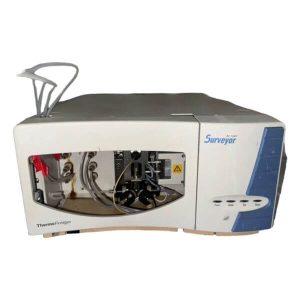

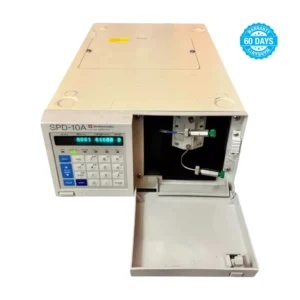
Reviews
There are no reviews yet.